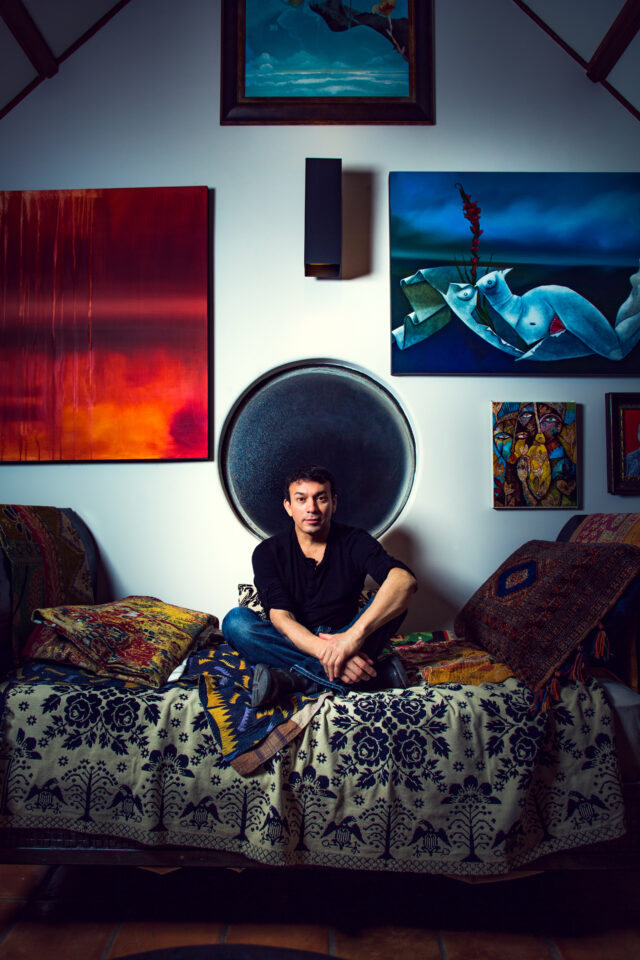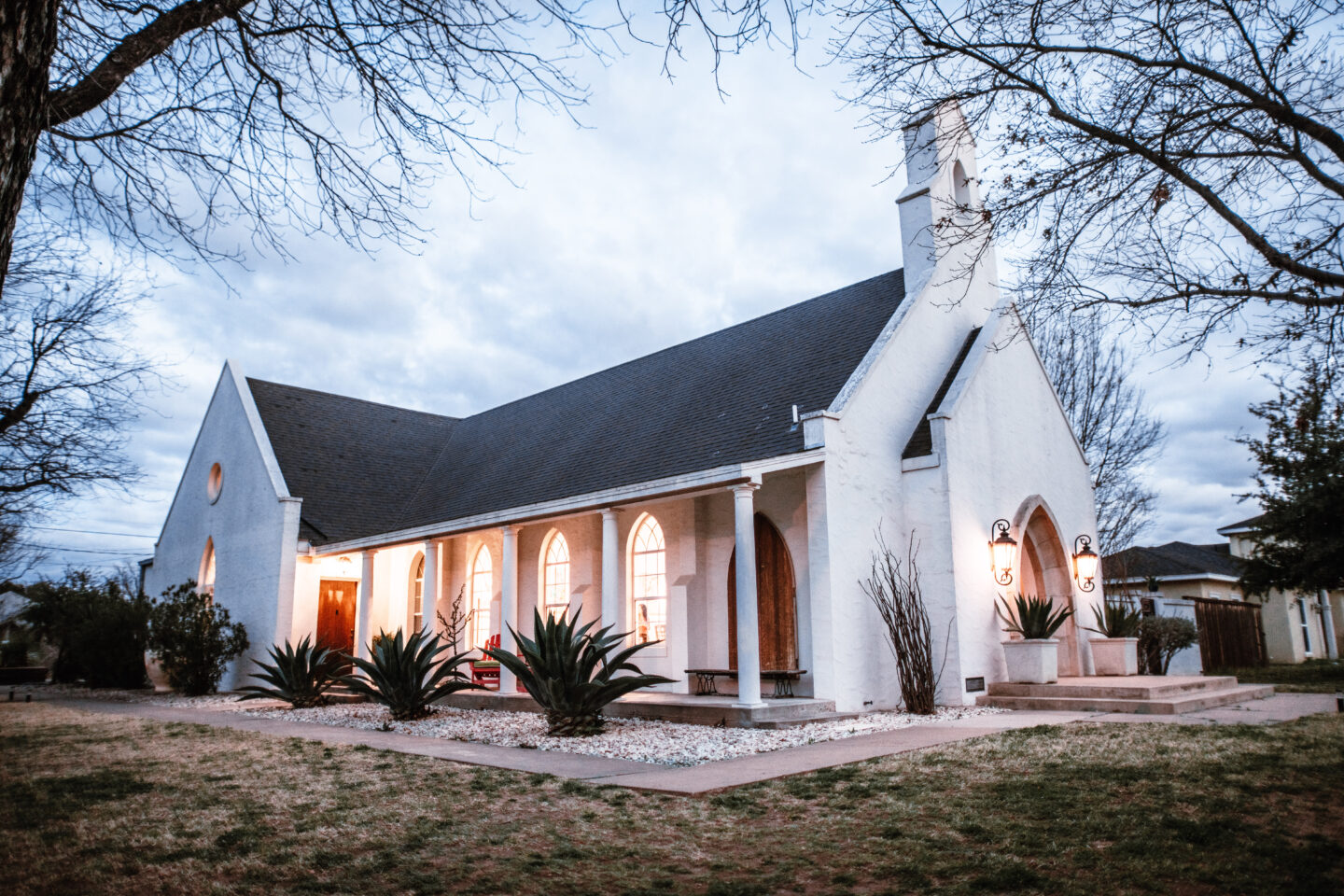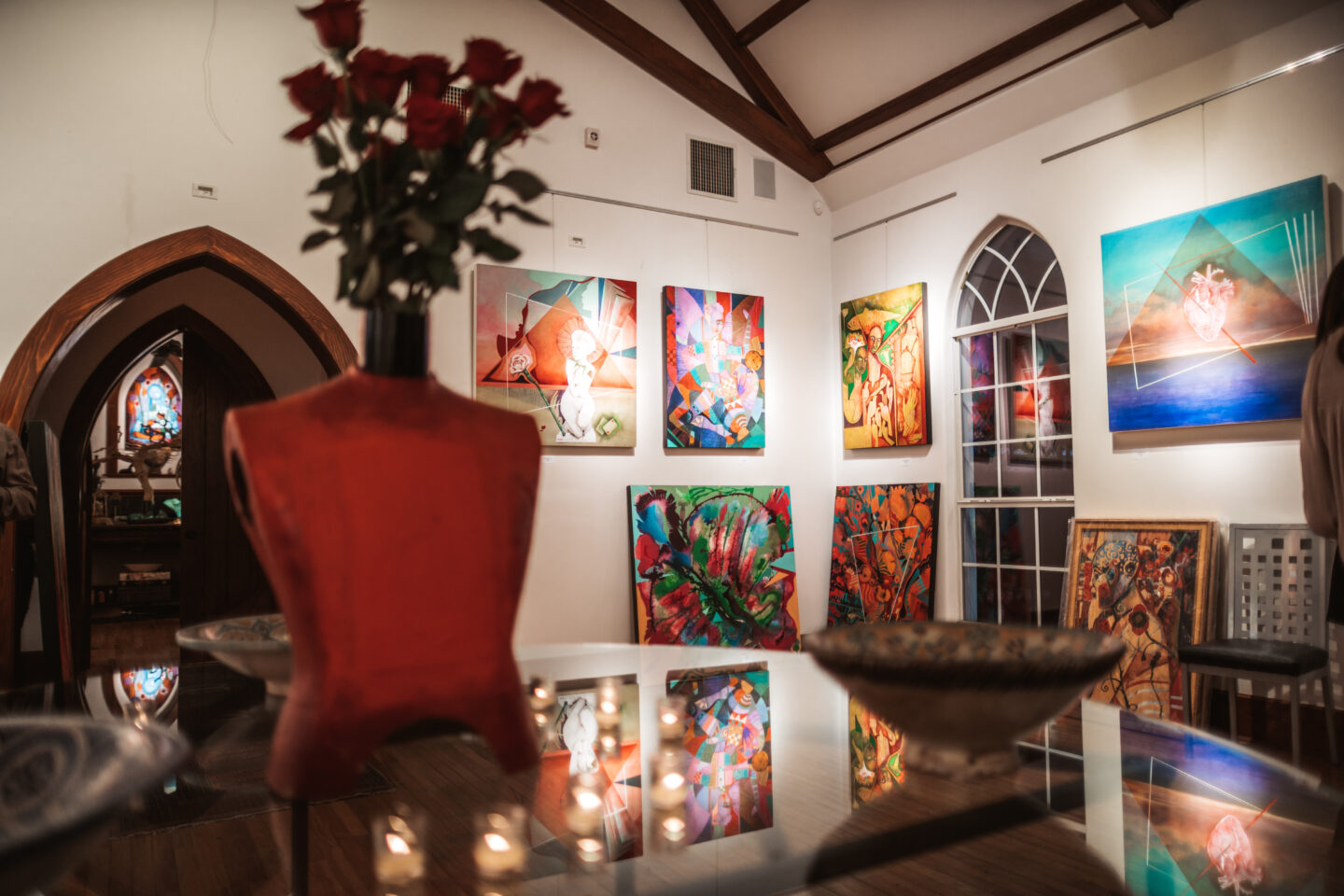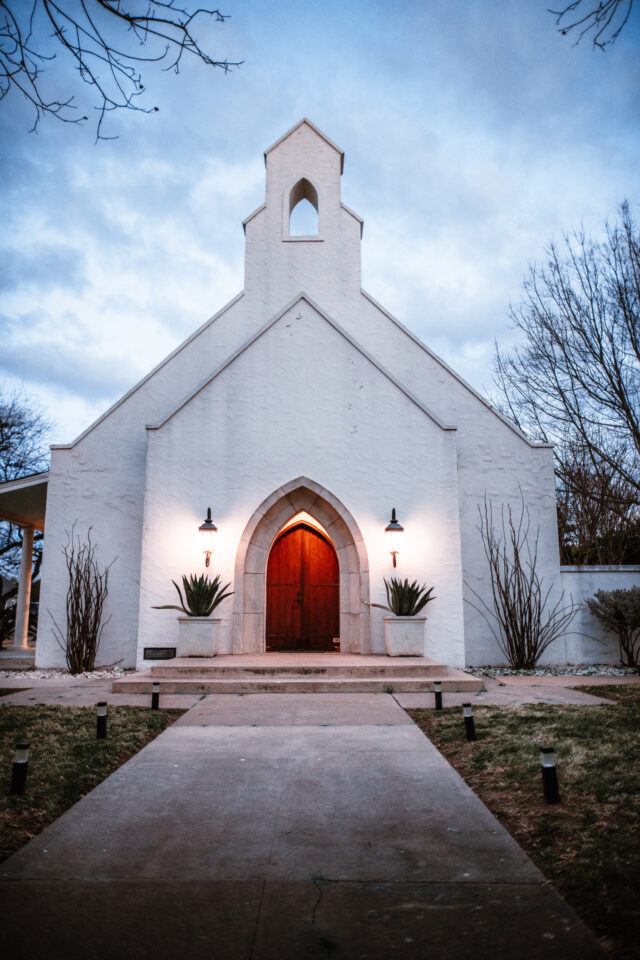San Angelo artist René Alvarado has a lot to celebrate.
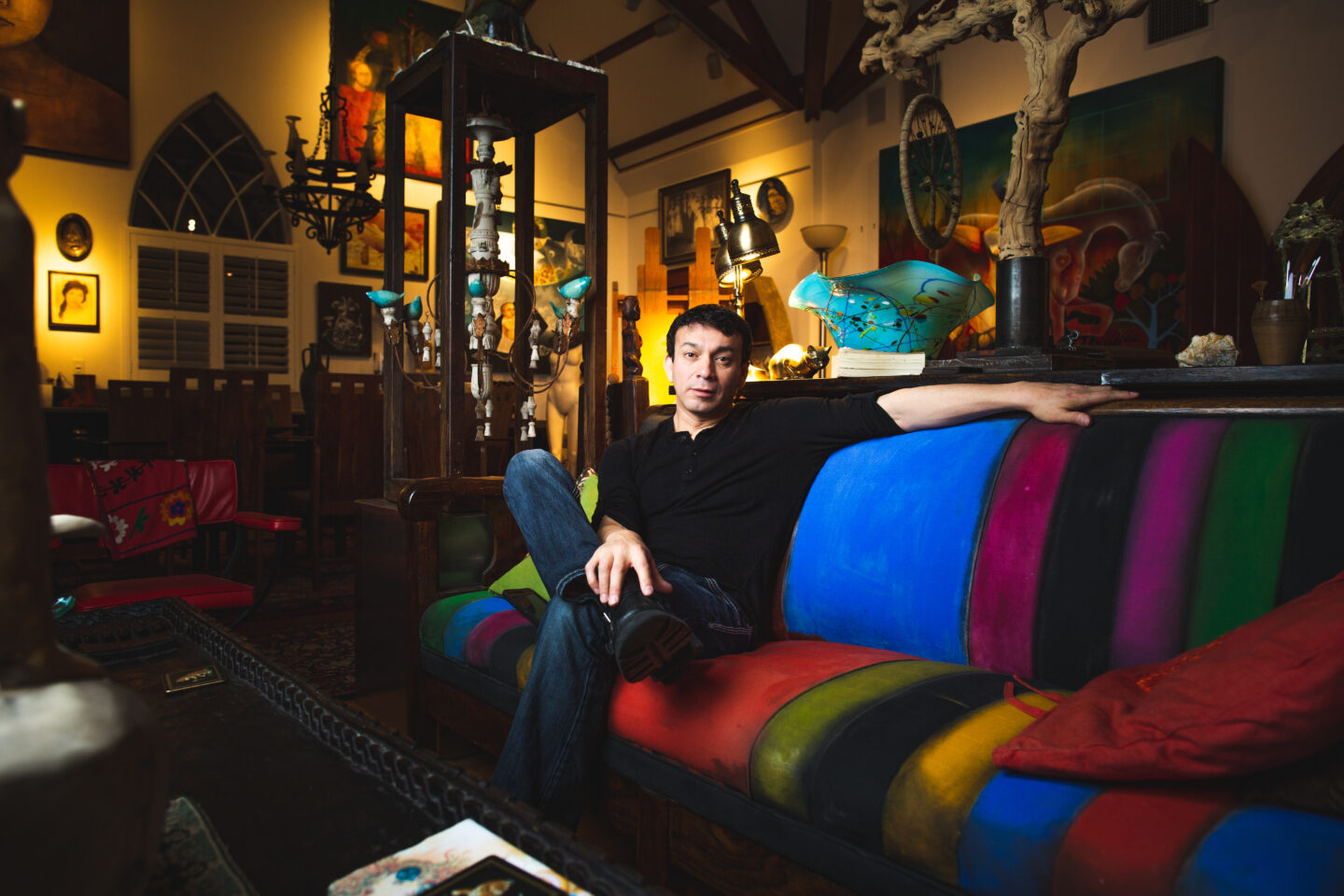
This year marks 20 years as an acclaimed full-time artist, something he couldn’t even dream as a boy born in Mexico to parents of “humble beginnings.”
At 46, he is reflective about all the people and turning points that brought his to this place.
He and his family moved from Mexico to Douglas, Wyo., arriving the day he turned 7. “For me, it was the most amazing birthday,” Alvarado said.
One of eight children, Alvarado started drawing while still a boy in Mexico. “We are a very close family,” he said. “Art, music, folk dance, crafts were always encouraged in our family. Mom was the lady in the village who drew out people’s ideas for embroidery projects.”
An Oklahoma-born grandmother gave the family legal immigration status. But there were other obstacles to overcome. “When I first moved to Douglas, there were not teachers of English as a Second Language,” Alvarado said. “My teacher couldn’t get me to sit still, so I communicated through drawing what I wanted to do. I started to apply that to how I was feeling. As a member of a large family, I learned to shut things out and draw. In school, that was the same thing. I couldn’t wait for art class because that’s where I could do my own thing.”
Thanks to a relative who persuaded the family to relocate, 10-year-old Alvarado arrived in San Angelo in 1982. Describing that youngster as “painfully shy,” the Central High School graduate (Class of 1991) was known for his drawing talents. “I related most to the foreign exchange students, German, French, Swiss, and I still stay in touch with them through social media,” Alvarado said. “I appreciated their open-mindedness and how things like prom and football weren’t important to them.”
He enrolled at the San Antonio Art Institute in 1991. “I was just going through my growing pains, didn’t know what I wanted to do,” he said.
He had dug discarded projection screens out of a Dumpster and used them to create the oversized works that are still his signature. The family of the institute’s president said his work reminded them of a trip to Africa they had recently taken and wanted to buy two of the paintings. “I sold two works for $500,” he said. “What a compliment.”
But the school closed and became an art center. At age 22, Alvarado returned to San Angelo. The next life-changing moment came when he was hired to work full time helping the late Roger Allen, founder of the Old Chicken Farm Art Center. “He started me cleaning in the back or doing roofing and repairs,” Alvarado said. “He told me, ‘You have to earn your way to being an artist here.’”
Allen also helped Alvarado get out of his shell. “He made me greet guests and take them on gallery tours,” Alvarado said. “Before I knew it, I was enjoying picking up the phone. Roger would say, ‘Now you can’t shut him up.’”
Alvarado quickly gained recognition for his work, much of it large-scale paintings full of vibrant colors and dream-like imagery. “I call myself a contemporary folk painter,” Alvarado said. “I’ve also been called an imagist, a term older than surrealism and symbolism. There’s some surrealism in my work because I overlap.
“I want my art to be universal. I want people to look at my art and not know age, gender or nationality. I want my art to be appreciated by all. Inevitably, my Latin roots do come out. It’s part of me and that’s fine. I want the impact to be that there was purpose behind the work.”
In 1998, Howard Taylor, the director of the San Angelo Museum of Fine Art, and the Renaissance Gala decided to name Alvarado the city’s first Artist of the Year. Alvarado credits the social skills that Allen taught him for his ability to establish relationships with collectors in San Angelo who were such “blessings.” He met the late Eva Camúñez Tucker, for one, at a dinner at the Chicken Farm. She spoke to him in Spanish and reminded him to retain his culture.
“My work is a metaphor to how a conversation should be,” Alvarado said. “I love great conversations with well-read people. I don’t always know what they’re talking about, but I know what they’re trying to say. Listening is very important, too. And there can’t be a wrong answer.”
The next turning point came in 1999. He had begun teaching three to five students at a time. One had a great-uncle in Boerne, George Garcia, a partner in a hair salon located in a restored mansion. He invited Alvarado to hang 55 of his paintings. That is where Lisa Ortiz of San Antonio’s Galeria Ortiz saw Alvarado’s work and gave him a solo show to introduce “the artist of the new millennium.” The then 27-year-old sold more than half of the paintings, quit school and his day job.
In 2005, seeking a home and studio of his own, he decided to renovate a former Lutheran Church at Avenue I and Kenwood in the Santa Rita neighborhood. The church was gutted and ready for a fresh start. “I wasn’t looking for a church to live in,” Alvarado said. “But something greater up there knows my soul, knows my heart and that’s all that matters to me. This church is a healing place. I love it here.”
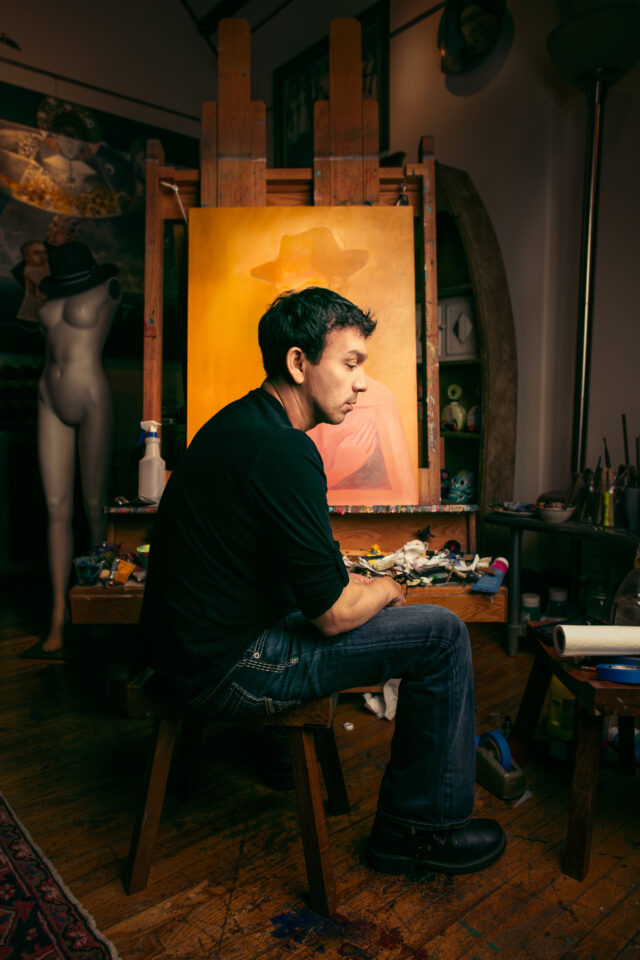
He works at “stations” scattered across the former church’s light-filled sanctuary and up in the choir loft. The walls are dominated by huge canvases from different group showings. African artifacts, small and large easels, a giant work table with more paintings and assemblage works in progress bring intimacy to the open space. A huge wooden trunk full of found objects and yard sale items for inspiration sits against a wall. His companion, a tall red doberman pinscher named Quincey, winds unconcerned among the art and artifacts.
Alvarado’s talent and growing reputation were again acknowledged in 2009. He was named the Texas State Two-Dimensional Artist of the Year by the Texas Commission on the Arts and the Texas House of Representatives.
Alvarado estimates he has completed 1,500 artworks in his 20-year career. Many of the paintings are so large it can take time for the right buyer to come along. He also works a year or two in advance for some projects. “It’s storytelling,” he said. “It’s a narrative that ties my work to the process. The core of my work is the human condition. We can be so simple and happy, but we have to complicate things.”
One painting, a riot of color that is somehow still a cityscape, he calls “The Sounds I Cannot See.” He created it after visiting New York City with a blind friend. “I wanted to close my eyes for as long as I could, though I was guiding her,” he said. “I heard the traffic, the people, the birds. Got a feel for how she felt. The noise became abstract.”
Alvarado is looking ahead to Dallas and Austin. Thanks to exhibits in San Antonio, his work already has sold internationally. He has works going into a gallery in the West Coast and is considering Louisiana and New York.
“I am so grateful for the acceptance and support I have always had in San Angelo,” he said. “I have evolved like this town has evolved. I’m ready for the next step. I’m ready to be humbled.”





